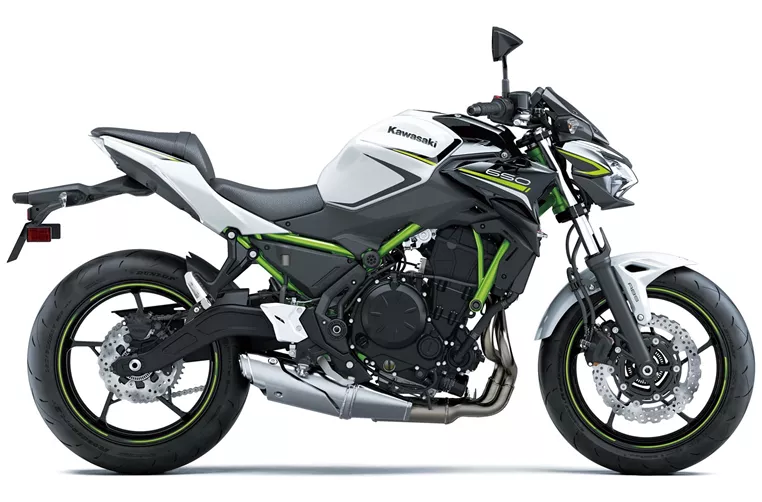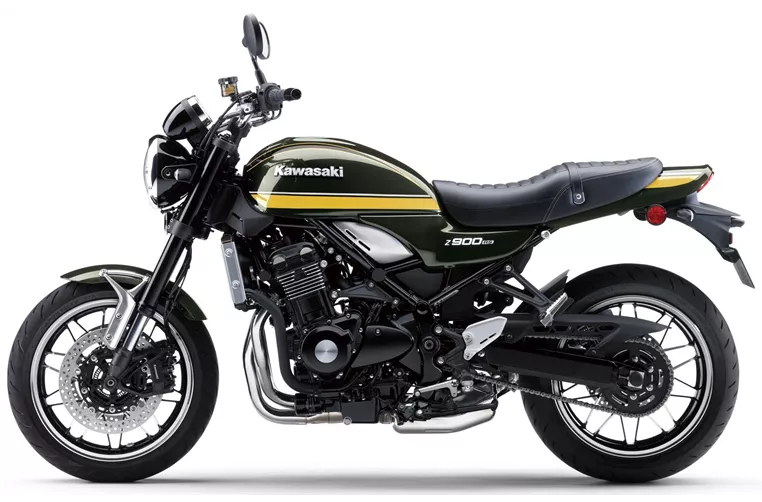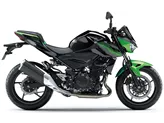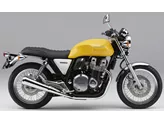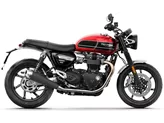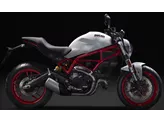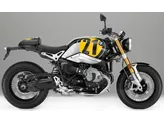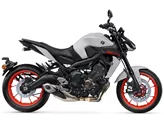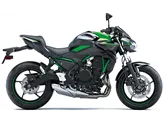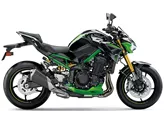Kawasaki Z650 2020 vs. Kawasaki Z900 RS 2021
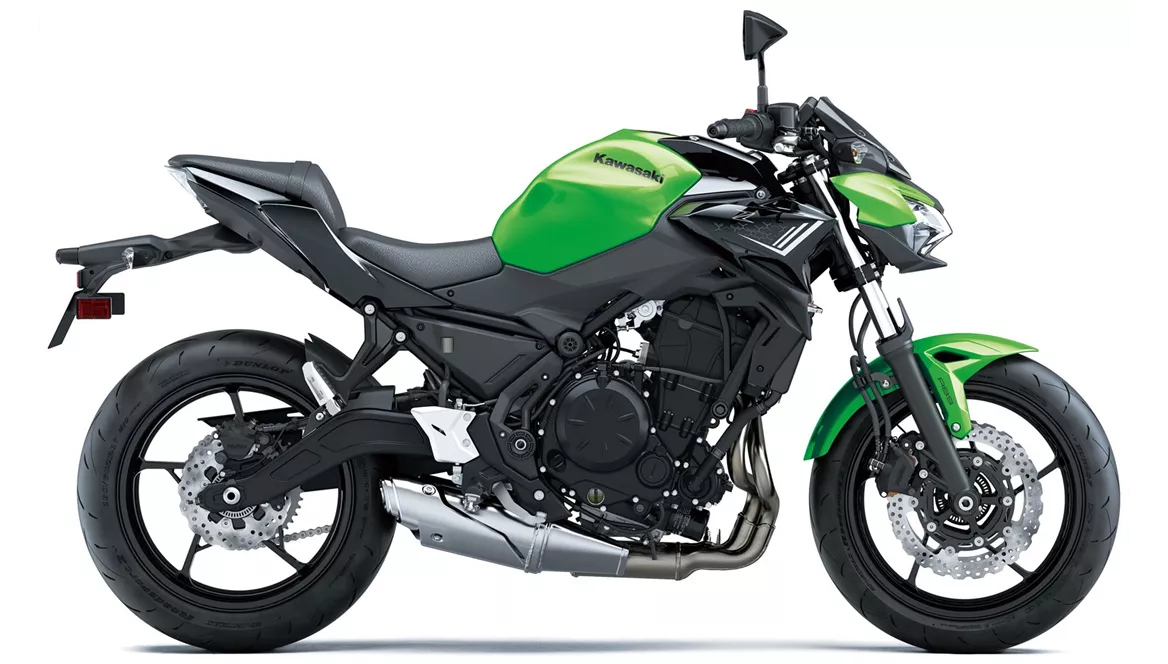
Kawasaki Z650 2020
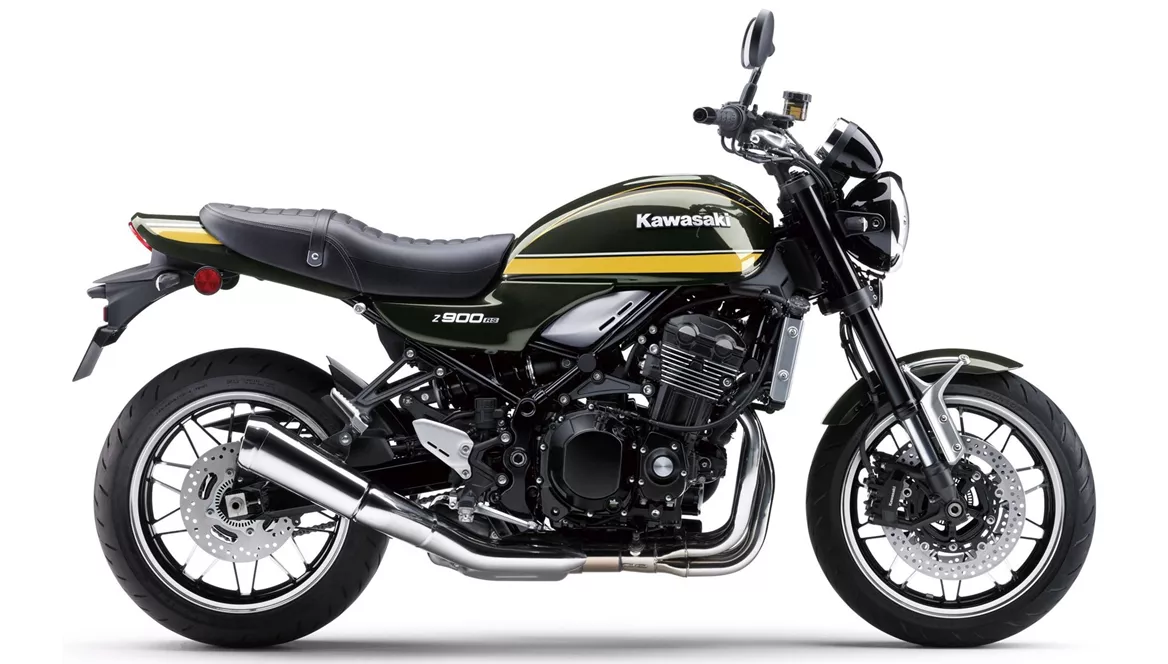
Kawasaki Z900 RS 2021
Visão geral - Kawasaki Z650 2020 vs Kawasaki Z900 RS 2021
The Kawasaki Z650 2020 and the Kawasaki Z900 RS 2021 are both naked bikes from Kawasaki, but they have some notable differences in terms of specifications and features.
Starting with the engine and powertrain, the Kawasaki Z650 2020 is equipped with an inline twin-cylinder engine that produces 68.2 horsepower and 65.7 Nm of torque. On the other hand, the Kawasaki Z900 RS 2021 features a larger inline four-cylinder engine that delivers a more powerful 111 horsepower and 98.6 Nm of torque. This means that the Z900 RS offers significantly more power and torque compared to the Z650.
In terms of fuel system, both bikes are equipped with fuel injection systems, ensuring efficient and precise fuel delivery. However, the Z900 RS has an advantage in terms of cylinder configuration, as it features four cylinders compared to the Z650's two cylinders. This results in smoother power delivery and better overall performance.
Both bikes feature liquid cooling systems to keep the engine temperature in check, ensuring optimal performance and reliability. The Z650 has a displacement of 649cc, while the Z900 RS has a larger displacement of 948cc, further contributing to its higher power output.
Moving on to the suspension, both bikes have a telescopic fork at the front and a swingarm at the rear. However, the Z900 RS has the advantage of a upside-down telescopic fork, which provides better handling and stability compared to the conventional telescopic fork on the Z650. Both bikes also feature a monoshock rear suspension with pre-load adjustment, allowing riders to fine-tune the suspension according to their preferences.
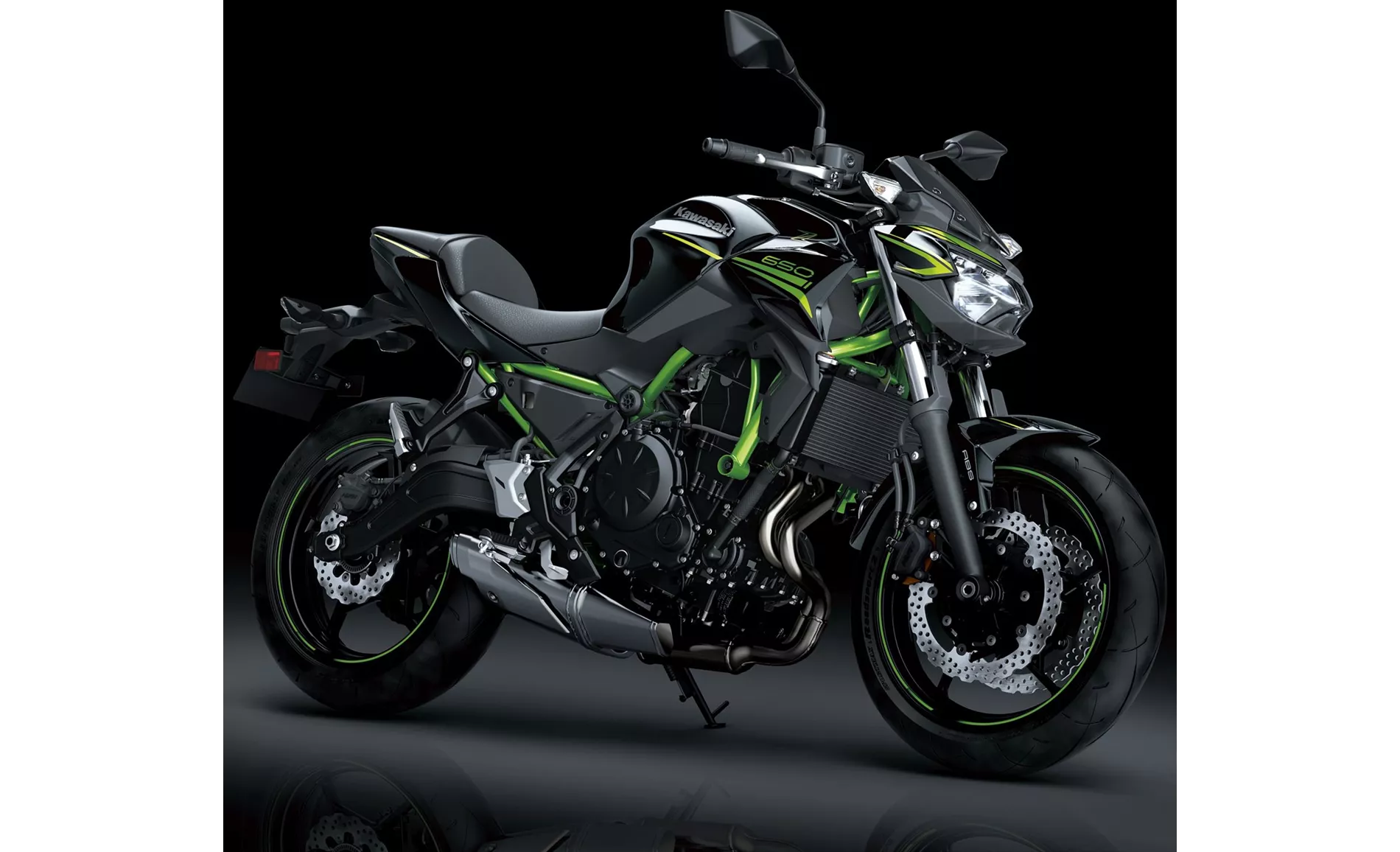
Kawasaki Z650 2020
In terms of chassis, both bikes feature a tubular steel frame, providing a balance of rigidity and flexibility for optimal handling and stability. This ensures that both bikes offer a stable and confidence-inspiring ride.
When it comes to braking, both bikes are equipped with dual disc brakes at the front, with a diameter of 300mm. However, the Z900 RS has the advantage of four-piston calipers, providing better braking performance compared to the dual-piston calipers on the Z650. Both bikes also come with ABS as standard, ensuring safe and controlled braking in all conditions.
In terms of dimensions, the Z650 has a narrower front tire width of 120mm, compared to the Z900 RS's wider front tire width of 180mm. This wider tire on the Z900 RS contributes to its retro styling and also provides better grip and stability. Both bikes have the same 17-inch wheel diameter for both front and rear tires.
The Z900 RS has a longer wheelbase of 1470mm, compared to the Z650's 1410mm wheelbase. This longer wheelbase contributes to the Z900 RS's stability at higher speeds and during cornering.
In terms of seat height, the Z650 has a lower seat height of 790mm, making it more accessible for riders of different heights. The Z900 RS, on the other hand, has a higher seat height of 835mm, which may be more suitable for taller riders.
In terms of weight, the Z650 has a curb weight of 187.1kg with ABS, while the Z900 RS is slightly heavier at 215kg with ABS. The Z900 RS's higher weight can be attributed to its larger engine and additional features.
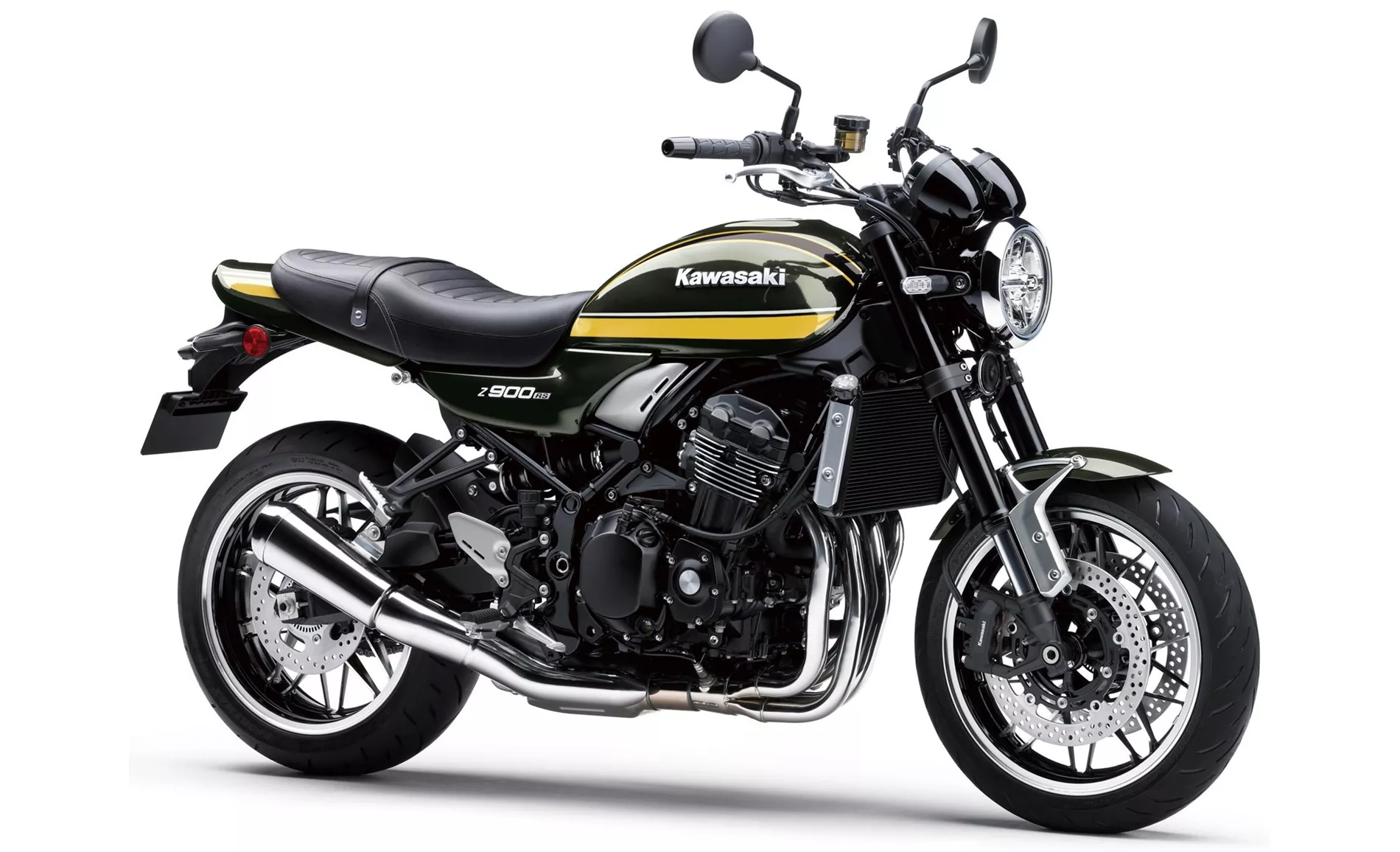
Kawasaki Z900 RS 2021
Both bikes have a fuel tank capacity of 15 liters for the Z650 and 17 liters for the Z900 RS, providing a decent range for long rides.
In terms of strengths, the Z650 offers a powerful twin-cylinder engine, aggressive intake noise, compact dimensions, low seat height, stable chassis, TFT screen with connectivity, and a mature appearance. On the other hand, the Z900 RS stands out with its authentic and beautiful retro styling, very comfortable seating position, and easy and comfortable riding experience.
However, the Z650 has some weaknesses, including a point of pressure on the front brake, which may affect braking performance, and it may be uncomfortable for taller riders. Additionally, the Rideology app, which is available for the Z650, may not be as sophisticated as desired.
The Z900 RS, on the other hand, lacks quick shifter and riding modes, but it does come with adjustable traction control.
In conclusion, the Kawasaki Z650 2020 and the Kawasaki Z900 RS 2021 are both impressive naked bikes from Kawasaki, but they cater to different riders. The Z650 offers a more affordable option with decent power and features, while the Z900 RS provides a more powerful and retro-styled option with added comfort and convenience features. Ultimately, the choice between the two will depend on the rider's preferences, budget, and intended use.
Especificações técnicas Kawasaki Z650 2020 em comparação com Kawasaki Z900 RS 2021
Prós e contras em comparação
Prós e contras em comparação
Kawasaki Z650 2020
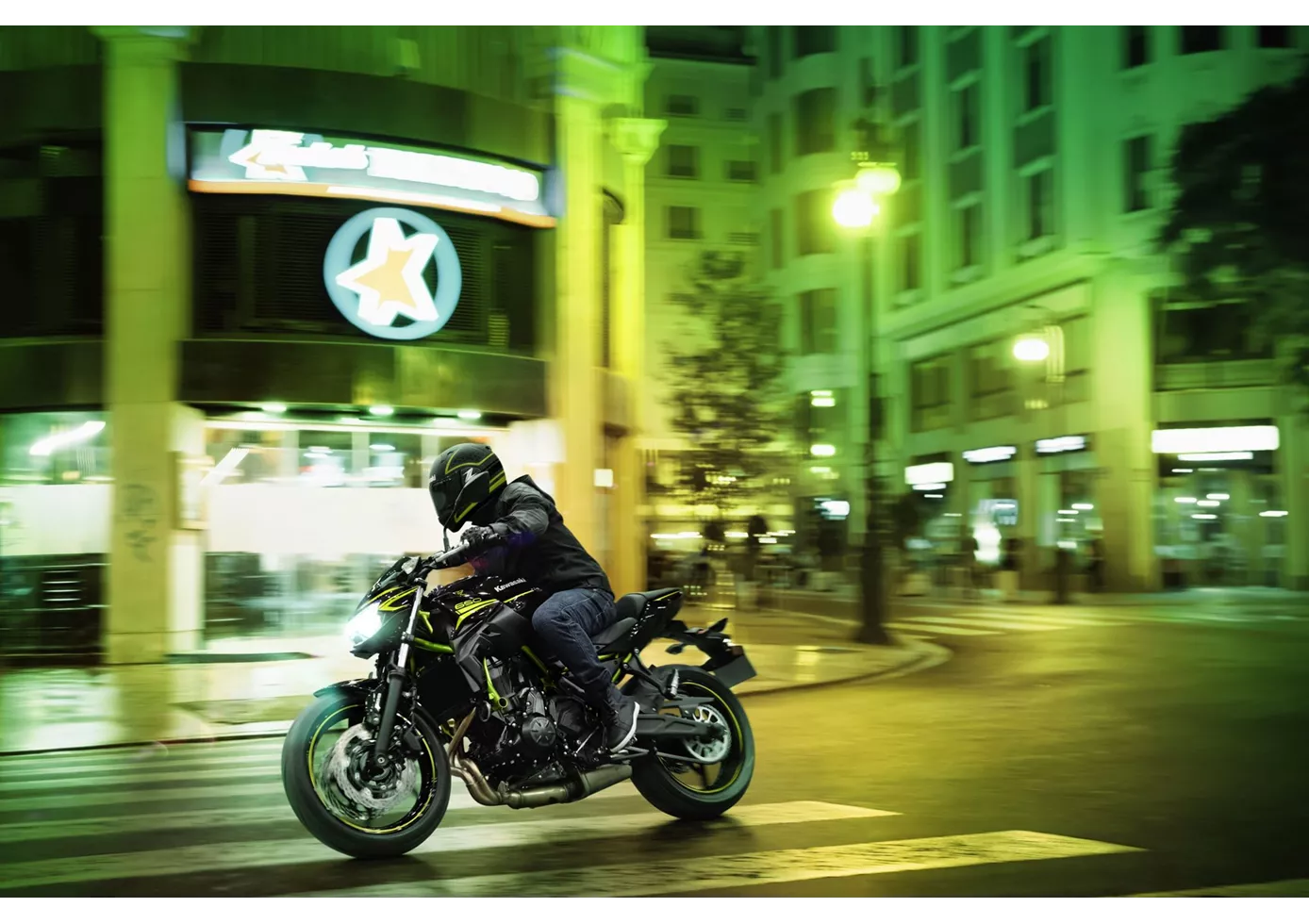
É simplesmente maravilhoso o que a Kawasaki juntou num pacote completo com a nova Z650. Os componentes técnicos podem não impressionar individualmente, mas em conjunto formam uma mota agradavelmente neutra que todos irão apreciar. Não há idiossincrasias desagradáveis - simplesmente uma mota naked que funciona muito bem em estradas rurais sinuosas. Claro que o ecrã TFT, que não encontramos na concorrência neste momento, é uma mais-valia, tal como o aspeto adulto, que está fortemente orientado para os modelos Z maiores. Apenas o ponto de pressão do travão dianteiro poderia ter sido mais claramente definido - mas não se pode ter tudo nesta gama de preços.
Kawasaki Z900 RS 2021
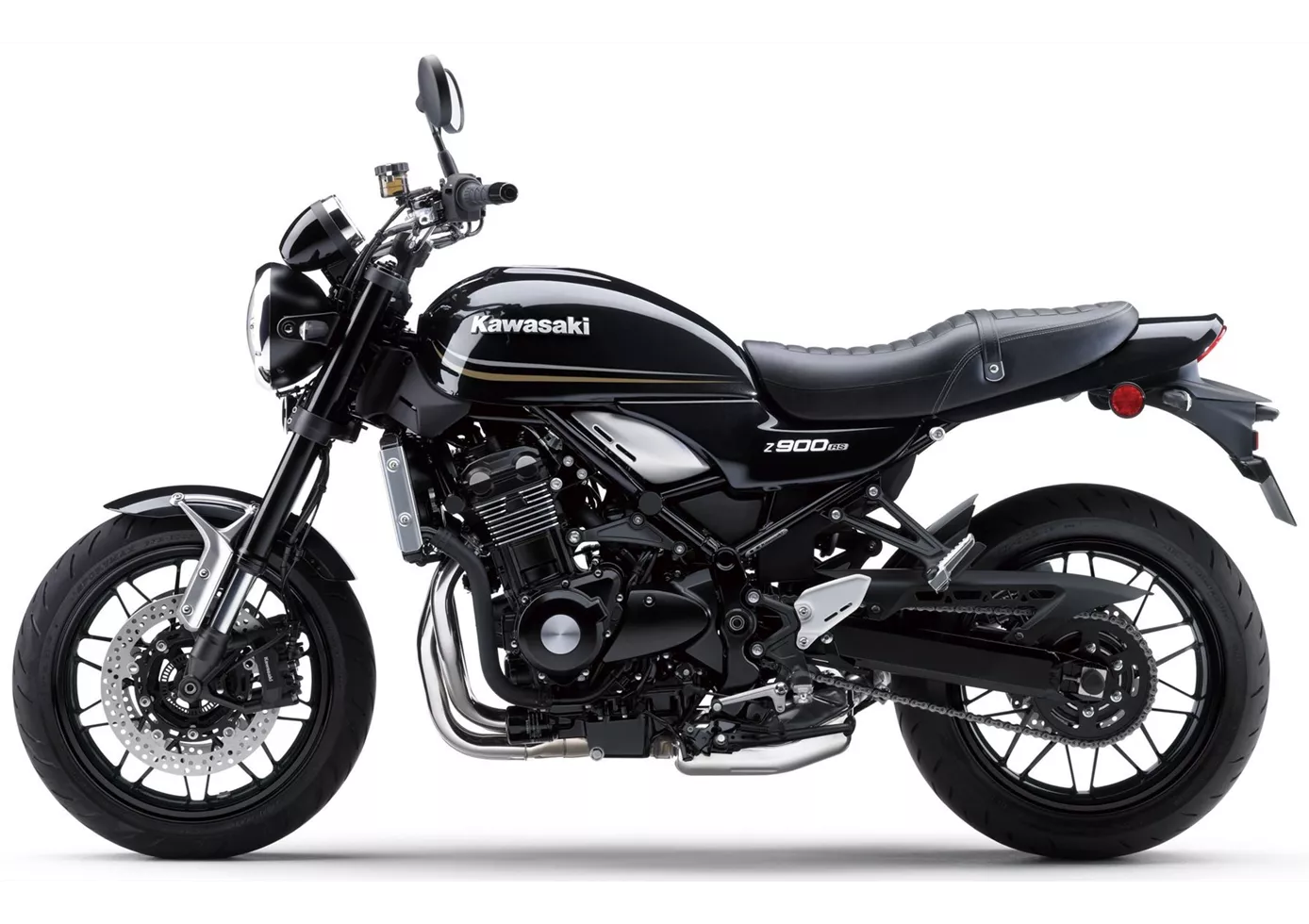
Uma mota de beleza intemporal, a Z 900 RS. O seu coração, o potente e suave motor de quatro cilindros, garante um prazer absoluto de condução. Mesmo em viagens mais longas, oferece muito conforto graças à sua posição de assento agradável, ao selim bem almofadado e ao guiador alto e largo. Para quem gosta de motos retro mas aprecia um comportamento moderno, a Z1 Homage é uma excelente escolha.
Comparação de preços Preço médio de mercado Kawasaki Z650 vs Kawasaki Z900 RS
There are a few key differences between a Kawasaki Z650 2020 and a Kawasaki Z900 RS 2021. In terms of price, the actual average price of a Kawasaki Z900 RS 2021 is about 68% higher. Compared to Kawasaki Z900 RS 2021 there are more Kawasaki Z650 2020 bikes available on the 1000PS.de Marketplace, specifically 21 compared to 14. It takes less time to sell a Kawasaki Z650 with 80 days compared to 125 days for a Kawasaki Z900 RS. Since model year 2017 1000PS.de editors have written 31 reviews for the Kawasaki Z650 and 26 reviews for the Kawasaki Z900 RS since model year 2018. The first review for the Kawasaki Z650 was published on 08/11/2016 and now has more than 25.000 views. This compares to more than 63.700 views for the first review on Kawasaki Z900 RS published on 06/09/2017.
